Introduction
Demonology, the study of demons, has long intrigued humanity’s fascination with the supernatural and the forces of evil. Demons, often depicted as evil and ethereal beings, are significant in various mythologies, religions, and folklore across different cultures. In this article, we embark on a journey into the realm of demonology to explore the origins, characteristics, and cultural interpretations surrounding these enigmatic entities.
Origins and Historical Context
The concept of demons can be traced back to ancient civilizations and predate organized religions. Mesopotamian, Egyptian, and Persian cultures all harbored beliefs in malevolent entities that brought harm, disease, and chaos. These early concepts laid the foundation for developing demonology within different religious and cultural contexts.
In religious traditions such as Christianity, Judaism, and Islam, demons are often portrayed as fallen angels or malevolent spirits who rebelled against divine authority. The Hebrew Bible, or the Old Testament, mentions demonic entities such as Lilith, Asmodeus, and Beelzebub, further shaping the understanding of demons in religious texts.
Characteristics and Interpretations
Demons are commonly associated with various negative attributes and characteristics. They are often portrayed as deceptive, malevolent, and powerful entities seeking to tempt, possess, and harm humans. In different cultural narratives, demons are believed to cause illness, nightmares, and misfortune, acting as agents of chaos and disruption.
Demons are also associated with supernatural abilities and knowledge. They are believed to possess the power of shape-shifting, manipulation, and dark magic. Some demonologies attribute demons with specific domains and expertise, ranging from temptations of the flesh to influencing human behavior or ruling over specific elements of nature.
Hierarchy and Classification
Similar to angelology, demonology often incorporates hierarchies and classifications to organize and categorize the different types of demons. These hierarchies can vary across different cultural and religious traditions, reflecting the diversity of interpretations and beliefs.
In Christian demonology, demons are often classified into hierarchies that mirror angelic hierarchies but in an inverted form. The most notable figure is Satan, often depicted as the ruler of demons and the embodiment of evil. Other demonic orders, such as princes, dukes, and lesser demons, are believed to serve under his command.
Cultural Depictions and Popular Culture
The influence of demonology extends beyond religious and historical contexts and has permeated popular culture. Demons feature prominently in literature, art, films, and video games, often depicted as formidable adversaries or sources of fear and suspense. From classic works like Dante’s Inferno to modern-day horror movies, demons continue to captivate audiences with their dark allure and terrifying presence.
Contemporary Perspectives
While demonology remains primarily associated with religious and supernatural beliefs, it also finds a place in various occult practices and alternative spiritualities. Some modern occultists and practitioners explore demonology for personal empowerment, spiritual growth, or to gain insights into the depths of the human psyche.
It is important to note that perspectives on demons can vary significantly, ranging from literal belief in their existence to metaphorical interpretations representing human vices and internal struggles. As with any subject matter touching on the supernatural, individual perspectives and beliefs shape the understanding and engagement with demonology.
Conclusion
Demonology provides a captivating exploration into the realm of malevolent supernatural beings. With its rich history, diverse interpretations, and cultural significance, demonology remains a subject of enduring fascination and contemplation. Whether viewed through the lens of religious traditions, folklore, or contemporary popular culture, the study of demons offers insights into the human fascination with the dark and mysterious forces that dwell beyond our understanding.


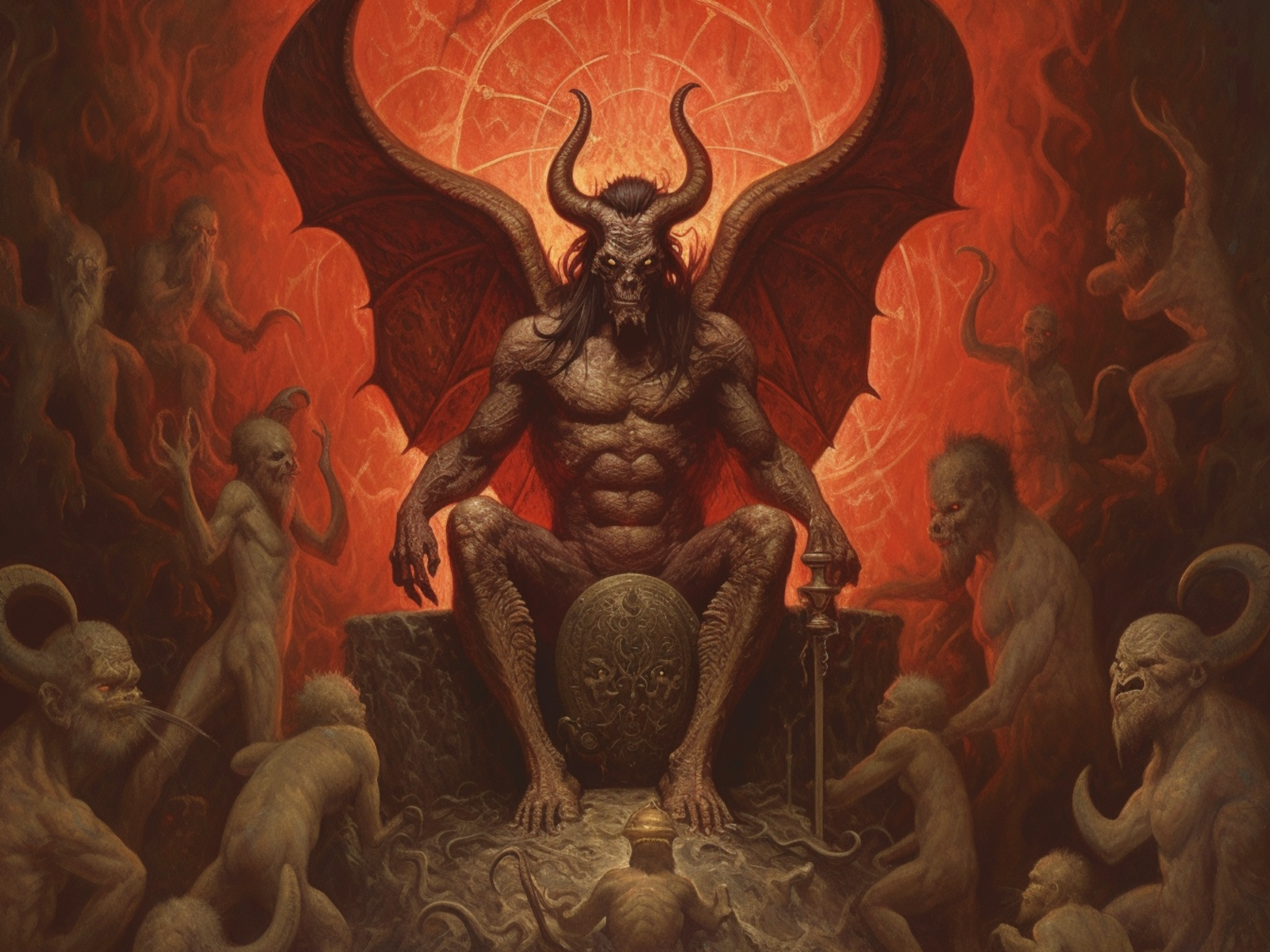

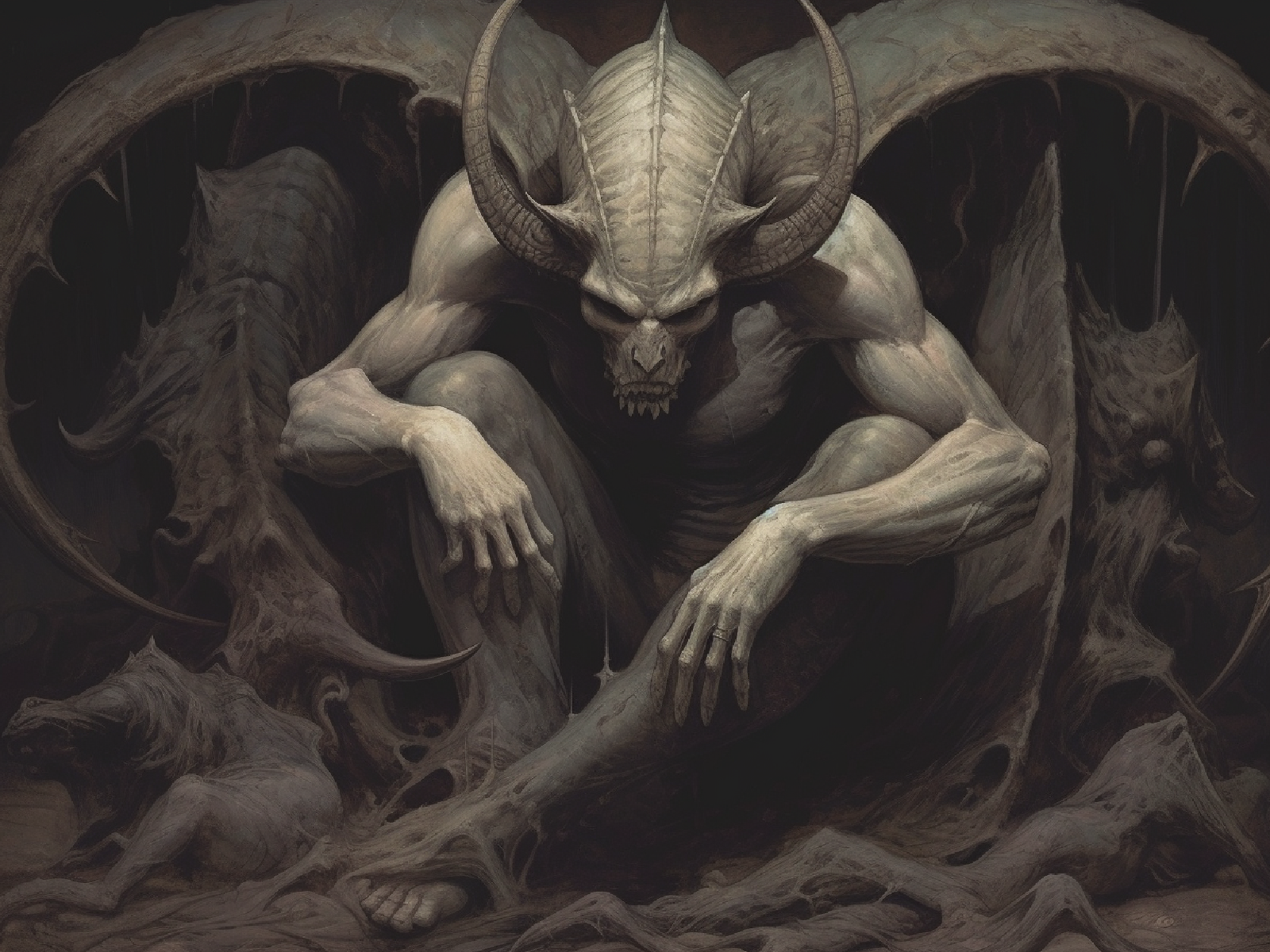

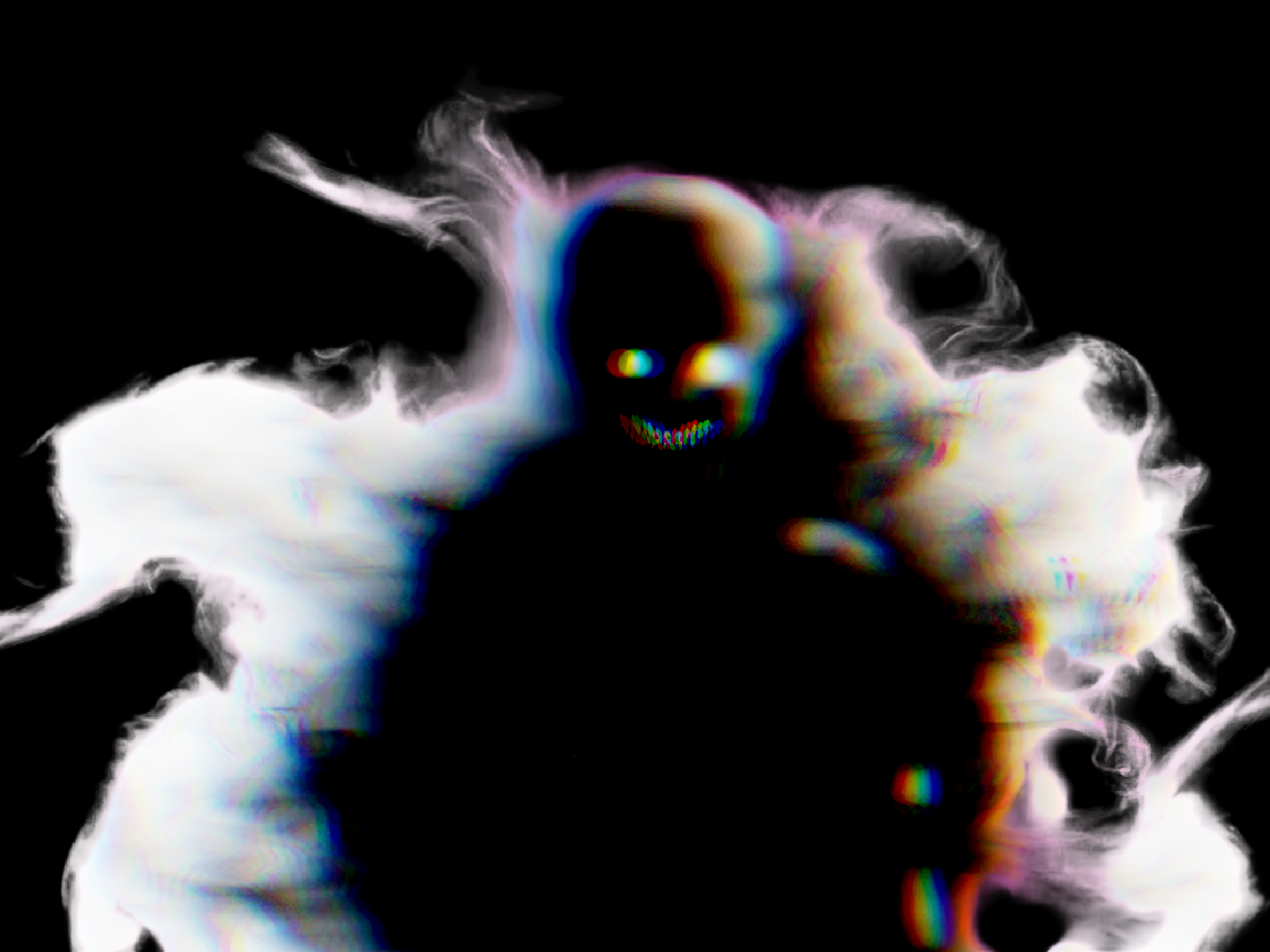

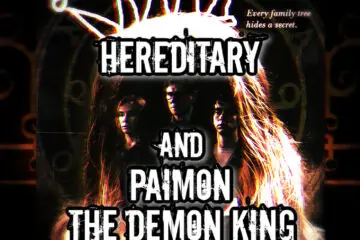
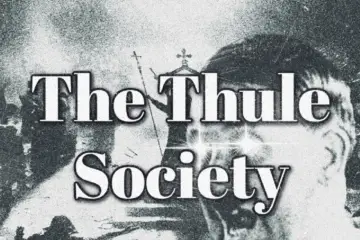
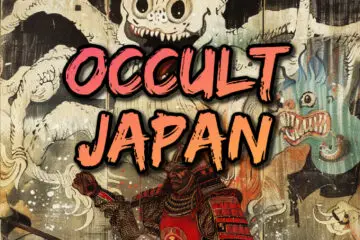
0 Comments